 Shutterstock
Shutterstock
The history of dogs stretches back thousands of years, with some breeds tracing their roots to ancient civilizations and royal courts. These time-honored canines once guarded emperors, hunted beside pharaohs, and herded livestock long before collars and kibble were a thing. Each ancient breed carries stories, customs, and quirks that link today’s pups with their heroic ancestors. They are, in every wag and woof, living relics of the past wrapped in fur, loyalty, and a healthy dose of mischief that history could never tame.
Akita Inu
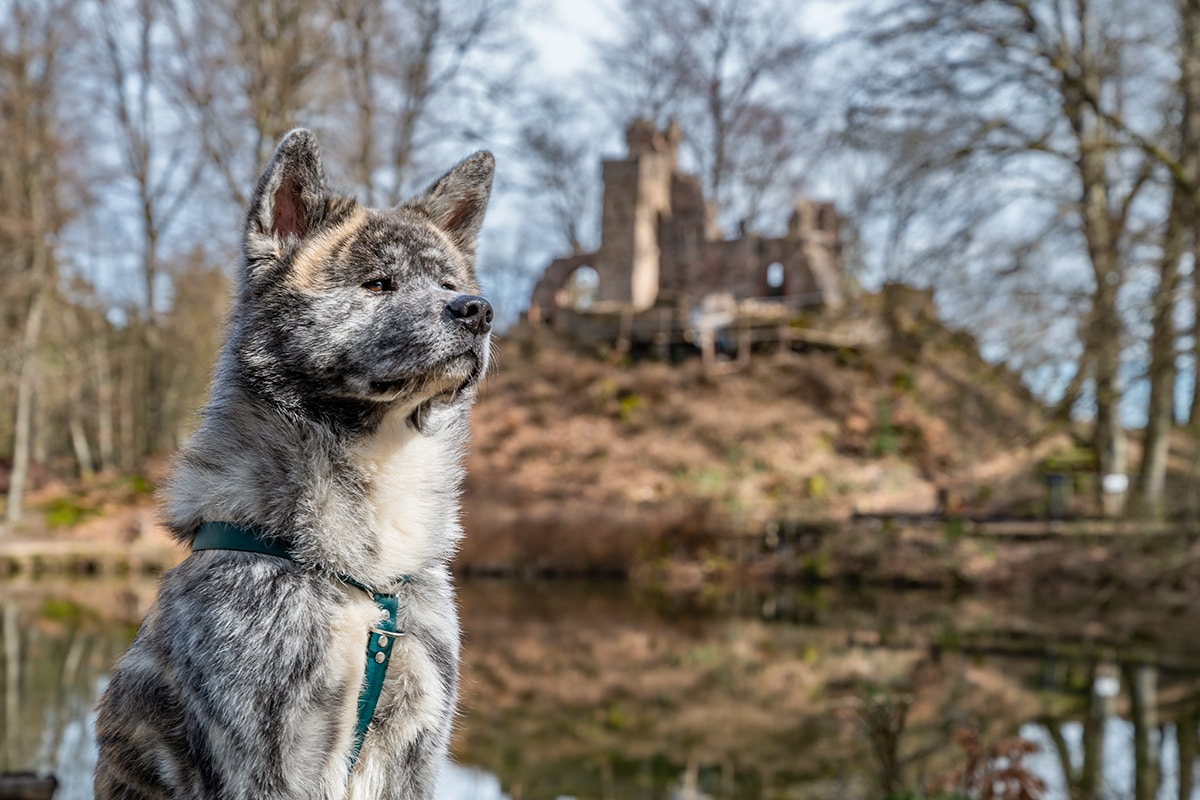 Shutterstock
Shutterstock
The Akita Inu from Japan is a breed that radiates loyalty, strength, and nobility. Once the guardians of Japanese royalty and samurai, Akitas were bred to protect their masters and even hunt bears in the snowy mountains of northern Japan. Their history intertwines deeply with Japanese culture, symbolizing devotion and courage. The famous story of Hachiko, the Akita who waited daily for his deceased owner, immortalized the breed as an icon of faithfulness and undying love across generations.
Basenji
 MidJourney
MidJourney
Known as the “barkless dog,” the Basenji hails from central Africa and is one of the world’s oldest breeds. Ancient Egyptian artifacts depict dogs strikingly similar to today’s Basenji, often shown standing beside pharaohs or hunting small game. Intelligent, cat-like, and famously independent, this breed was treasured for its alertness and agility. Their signature yodel-like vocalization, the “barroo,” is proof that even silence can make a statement. Basenjis embody a blend of mystery and mischief that has survived millennia.
Saluki
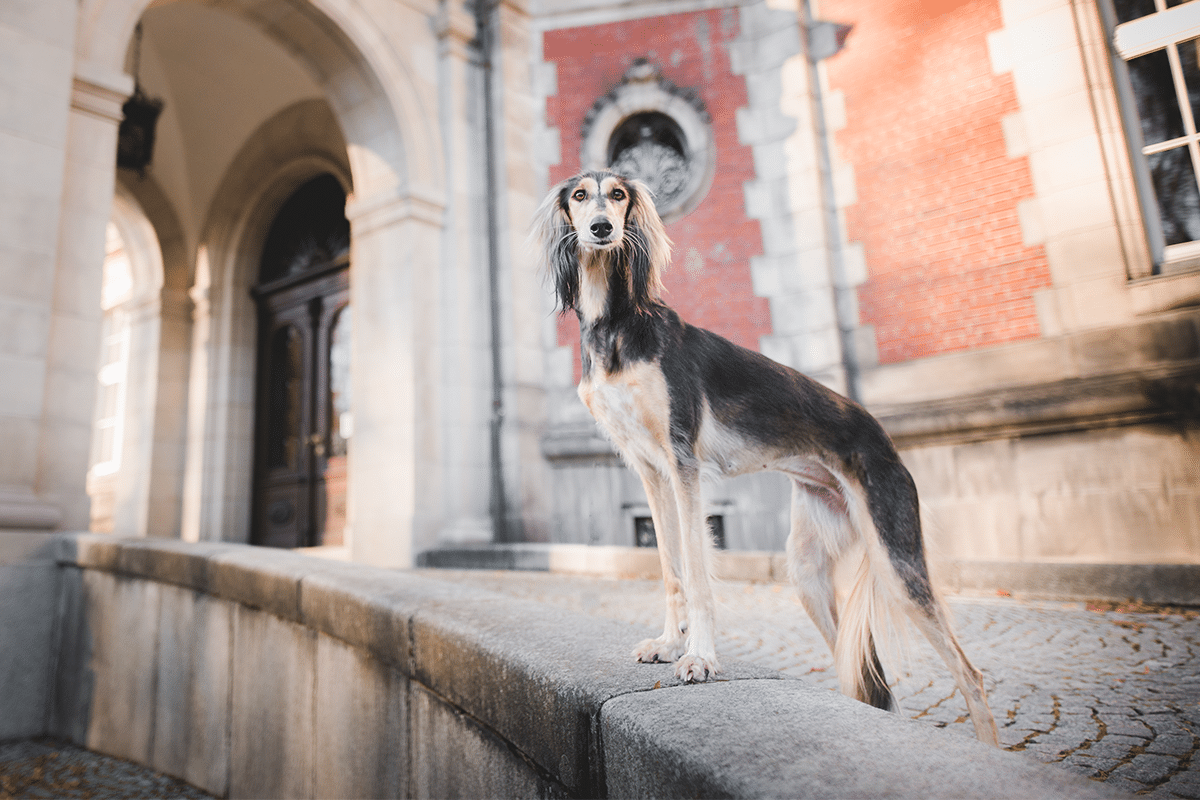 Shutterstock
Shutterstock
The Saluki is a picture of grace, originally bred by ancient Egyptians and revered as the “Royal Dog of Egypt.” Their slender build and unmatched speed made them indispensable hunting companions to nobles and pharaohs. Mummified remains of Salukis have been discovered in tombs, signifying their elevated status in ancient society. With their gentle, reserved temperament and flowing coat, Salukis seem to glide rather than walk, living proof that elegance and endurance never go out of style.
Tibetan Mastiff
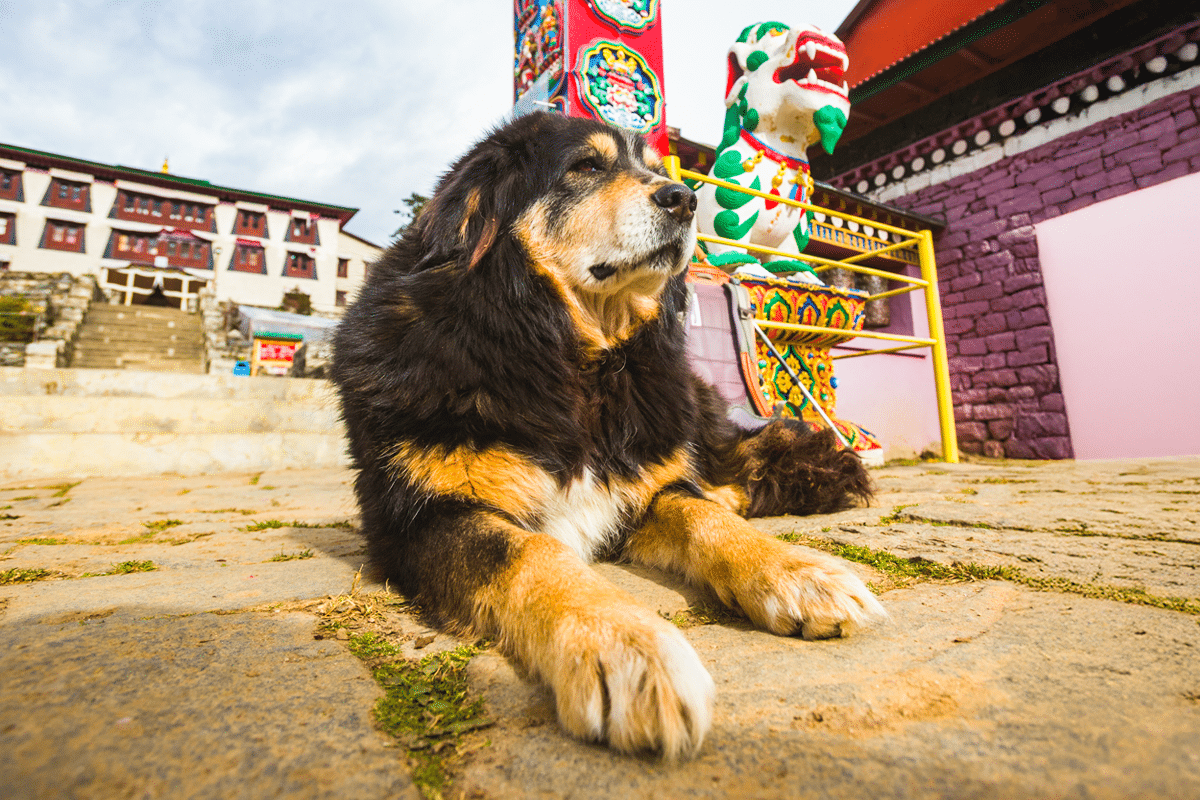 Shutterstock
Shutterstock
Massive, fluffy, and majestic, the Tibetan Mastiff has long guarded the Himalayan monasteries and nomadic tribes. Revered as protectors against both wolves and spirits, these dogs were symbols of power and wealth. Their thick coats shielded them from the harsh mountain climate, while their booming bark echoed through valleys to warn of intruders. Even today, the Tibetan Mastiff carries an aura of mystery and regality, proving that some legends are simply too big to fade away.
Chow Chow
 MidJourney
MidJourney
The Chow Chow’s lion-like mane and blue-black tongue set it apart as one of China’s most ancient and distinctive breeds. Believed to date back over 2,000 years, Chow Chows served as temple guards, hunters, and companions to Chinese emperors. Their dignified attitude and aloof nature make them seem more like royalty than pets. The breed’s deep connection to Chinese history and symbolism has made it an enduring emblem of loyalty and protection throughout the centuries.
Afghan Hound
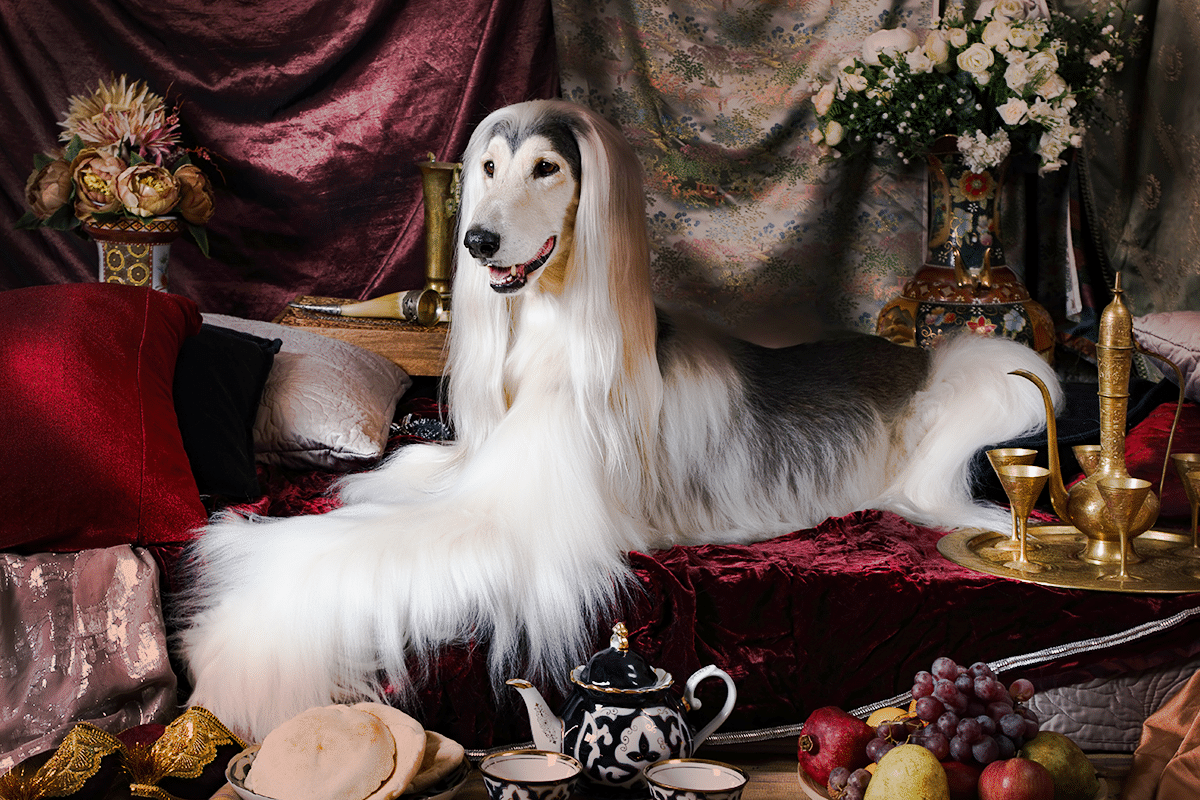 Shutterstock
Shutterstock
The Afghan Hound’s long, silky coat and aristocratic posture are more than aesthetic marvels. They tell a story of survival and grace. Originating from Afghanistan’s rugged mountains, this breed hunted large prey and adapted to harsh terrain. Their beauty is rivaled only by their independence and speed. Often depicted in ancient Asian art, Afghan Hounds combine elegance with resilience, making them one of the most enchanting time travelers of the canine world.
Pharaoh Hound
 MidJourney
MidJourney
The Pharaoh Hound’s name alone evokes visions of pyramids and golden sands. Despite its Maltese origins, it shares a remarkable resemblance to dogs depicted in ancient Egyptian art. Known for their reddish coats and glowing amber eyes that seem to smile, Pharaoh Hounds were revered hunters and companions to nobility. Their playful spirit and affectionate nature show that beneath their royal facade lies a heart of pure joy and devotion.
Samoyed
 Shutterstock
Shutterstock
Bred by the Samoyede people of Siberia, the Samoyed was more than a working dog. It was family. These fluffy white dogs herded reindeer, pulled sleds, and kept their owners warm through Arctic nights by sleeping beside them. Their perpetual “Sammy smile” is not just cute; it is a product of survival, preventing icicles from forming on their lips in freezing weather. This breed represents warmth, both literal and emotional, proving that love truly conquers cold.
Shih Tzu
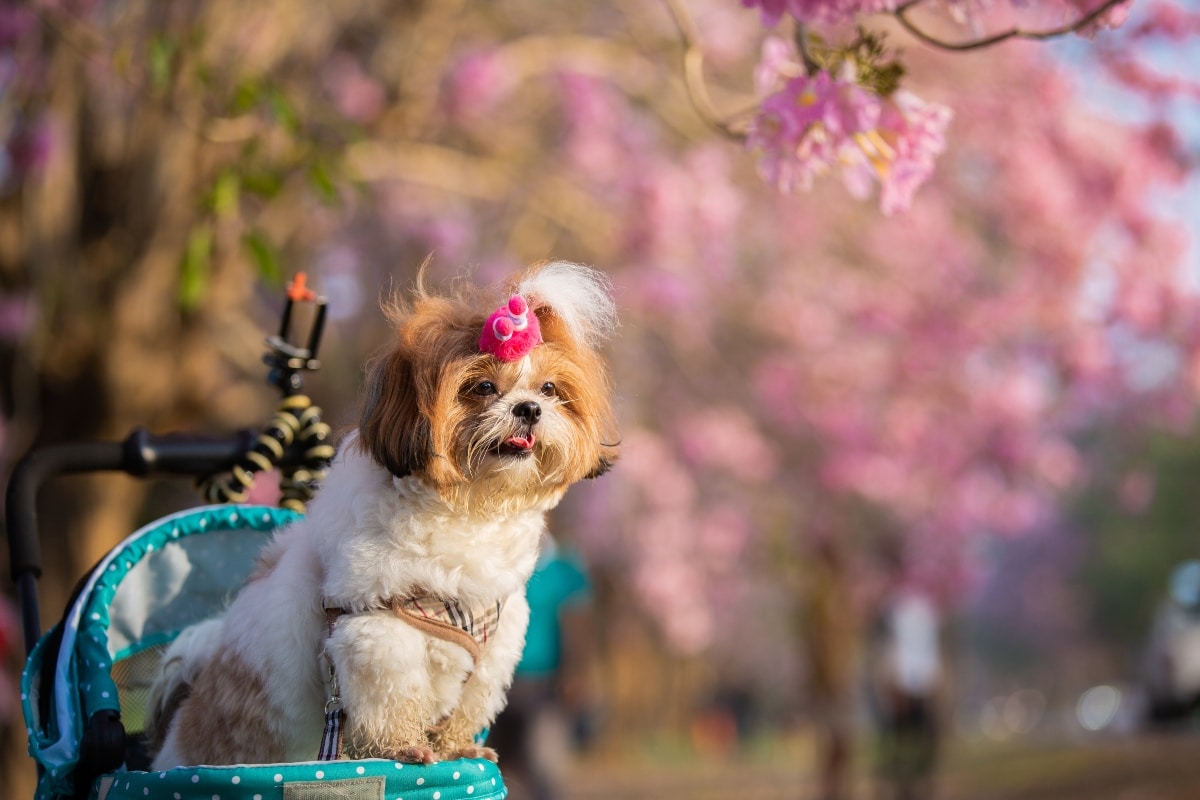 Shutterstock
Shutterstock
The Shih Tzu, meaning “lion dog,” was bred by Chinese emperors and pampered within the royal palaces of ancient China. Adored by the Ming and Tang dynasties, these little dogs were treated more like precious treasures than pets. Their charming faces and affectionate personalities won the hearts of nobility and servants alike. Even today, Shih Tzus carry themselves like miniature emperors, embodying an ancient elegance that never lost its sparkle.
Alaskan Malamute
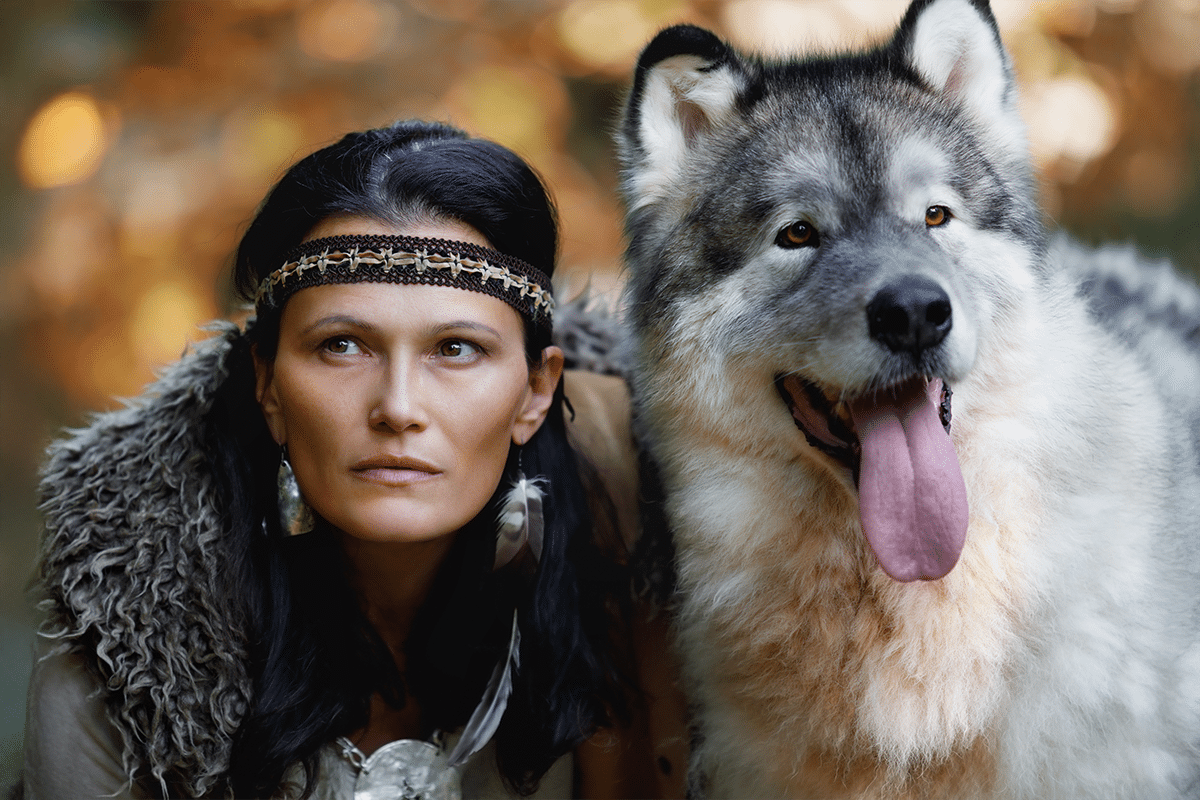 Shutterstock
Shutterstock
The Alaskan Malamute is among the oldest Arctic sled dogs, bred by the Mahlemut Inuit tribe to haul heavy loads across icy expanses. Their endurance, intelligence, and teamwork made them essential partners in survival. Unlike other sled dogs bred for speed, Malamutes were bred for strength, capable of pulling massive weights through snow and frost. Their history reflects a profound bond between humans and dogs, a partnership forged in endurance, loyalty, and the will to survive.
Xoloitzcuintli
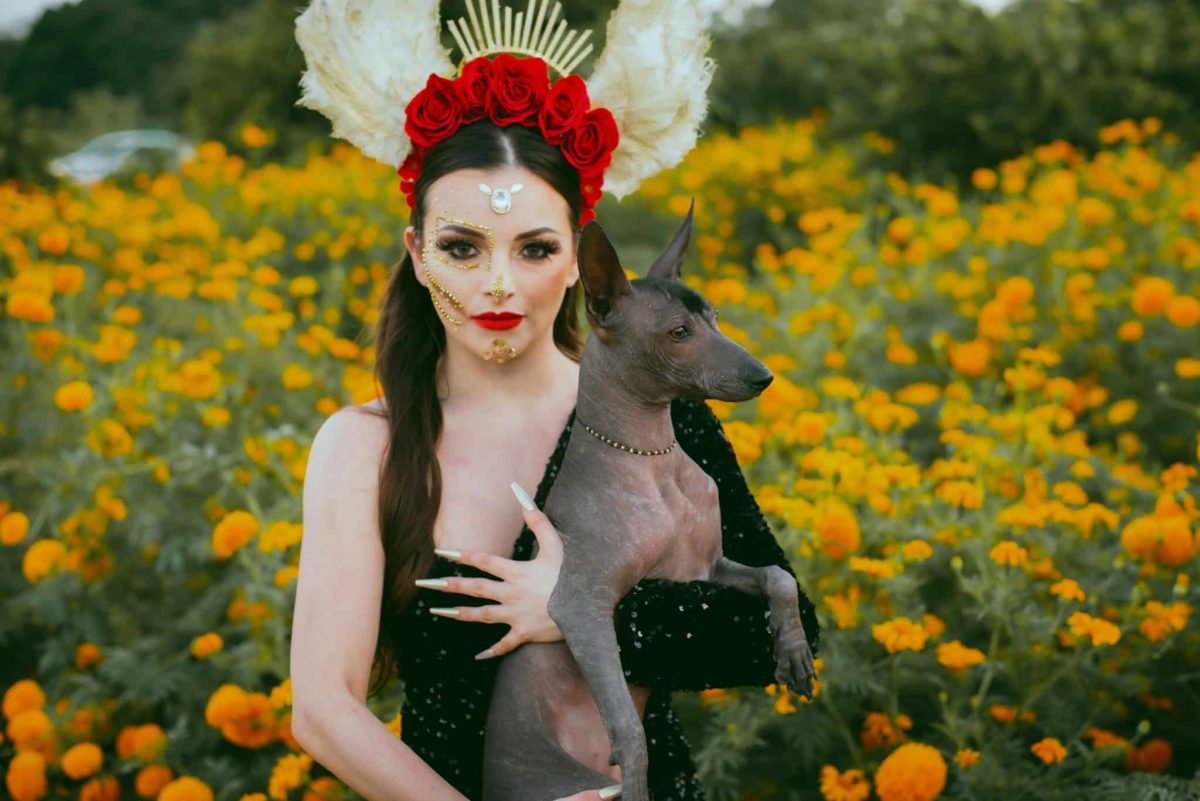 Shutterstock
Shutterstock
The Xoloitzcuintli, or Mexican Hairless Dog, has been around for more than 3,000 years. Sacred to the Aztecs and Mayans, Xolos were believed to guide souls safely to the afterlife. Their warmth and protective nature made them household guardians in both body and spirit. Today, the breed’s hairless skin and alert posture remain as distinctive as ever, reminding the world of its spiritual roots and sacred connection to ancient traditions.
Lhasa Apso
 Shutterstock
Shutterstock
Originating in Tibet, the Lhasa Apso was bred to guard Buddhist monasteries, alerting monks to intruders with its sharp bark. Despite its small size, this dog was considered a spiritual sentinel, often believed to house the souls of monks awaiting reincarnation. Their long, flowing coats and proud demeanor earned them respect and reverence. The Lhasa Apso proves that even the smallest guardian can have the heart of a legend.
Shar Pei
 Shutterstock
Shutterstock
With their trademark wrinkles and serious expression, the Shar Pei is unmistakable. Originating in ancient China, these dogs were versatile farm guardians and hunters. Their loose skin and bristly coat protected against predators. Once nearly extinct, the Shar Pei’s survival mirrors the endurance of Chinese culture itself. Stoic, intelligent, and loyal, this wrinkled wonder is a living relic of resilience and pride.
The Tail End Of History
 MidJourney
MidJourney
Ancient companions remind us that history is alive and full of heart. It barks, breathes, and shines through loyal eyes and wagging tails. Each carries centuries of devotion, courage, and culture within every paw step, connecting the past with the present. Though they no longer guard temples or roam battlefields, their noble essence remains unchanged. When you look into their eyes, you glimpse living history itself, wrapped in warmth, wisdom, and the kind of unconditional love that has stood the test of time.

 4 days ago
14
4 days ago
14

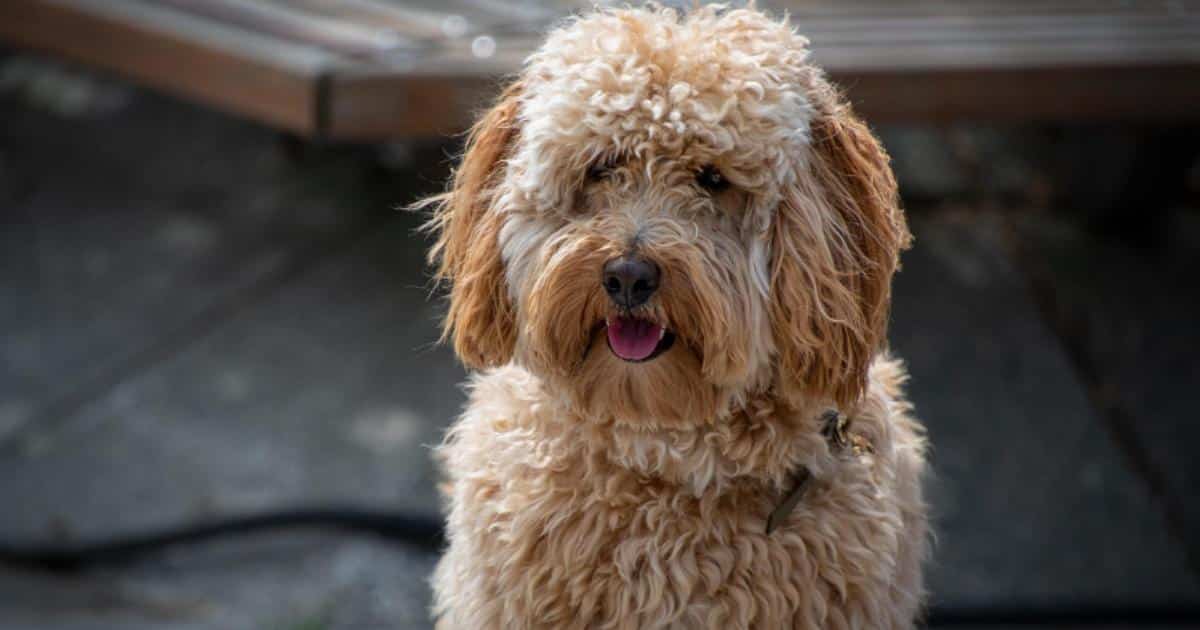


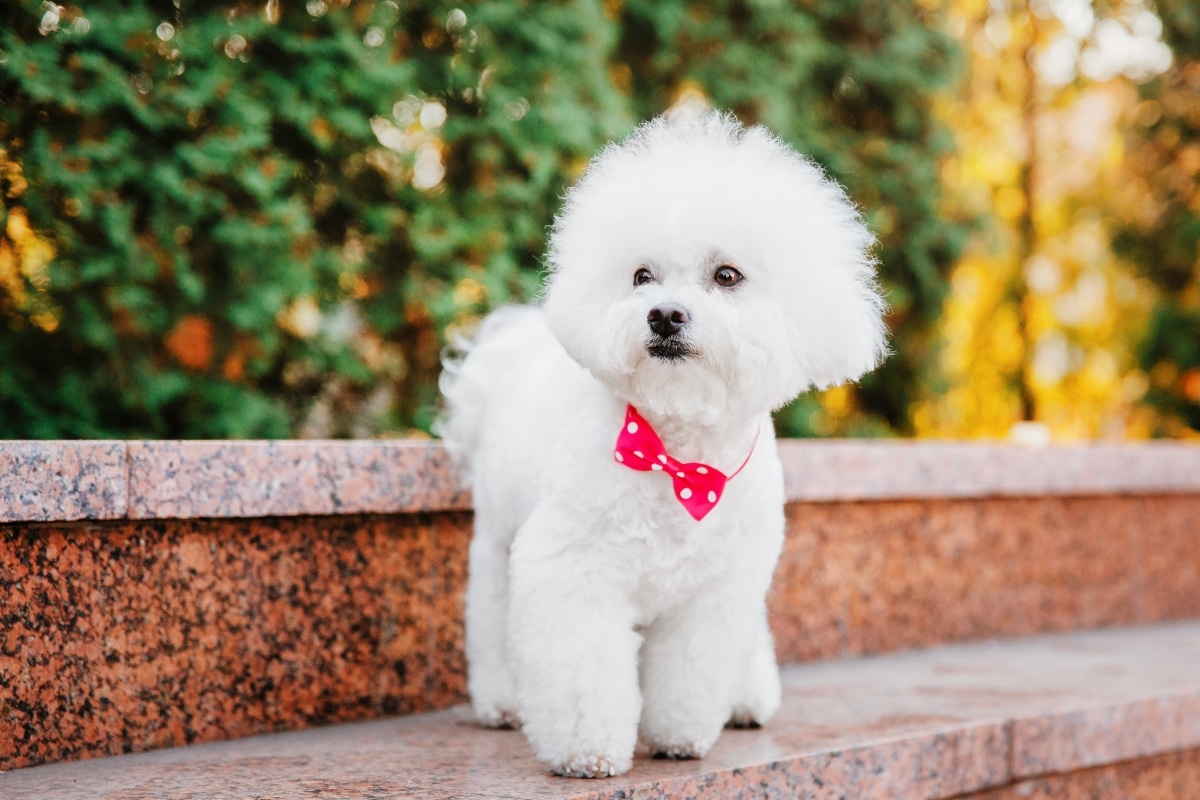
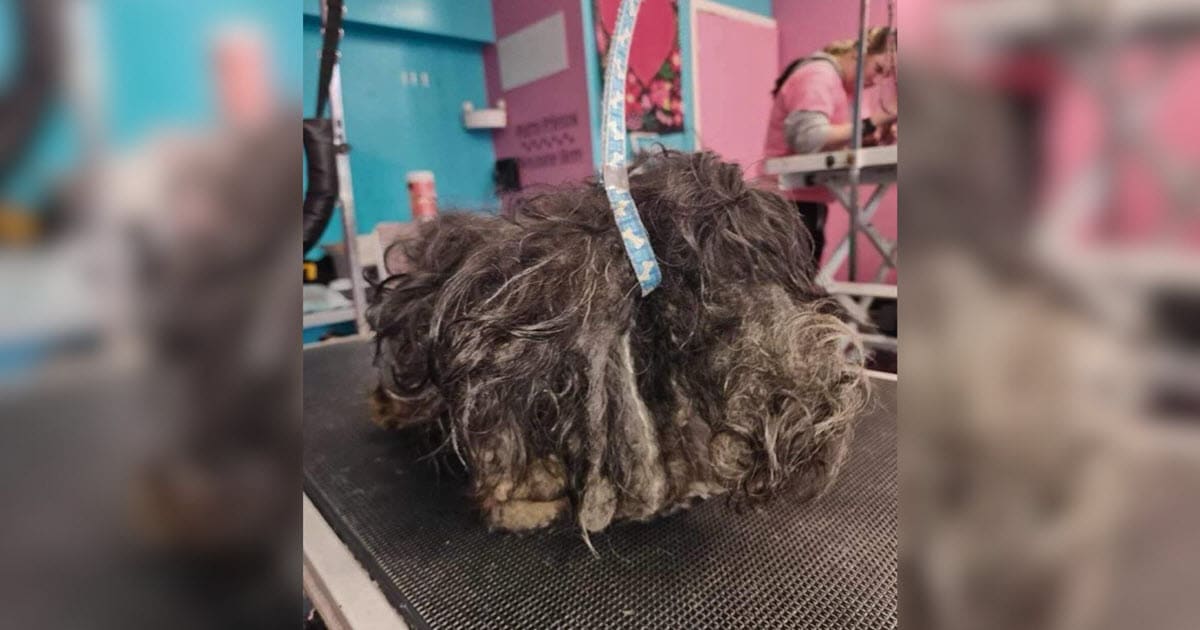
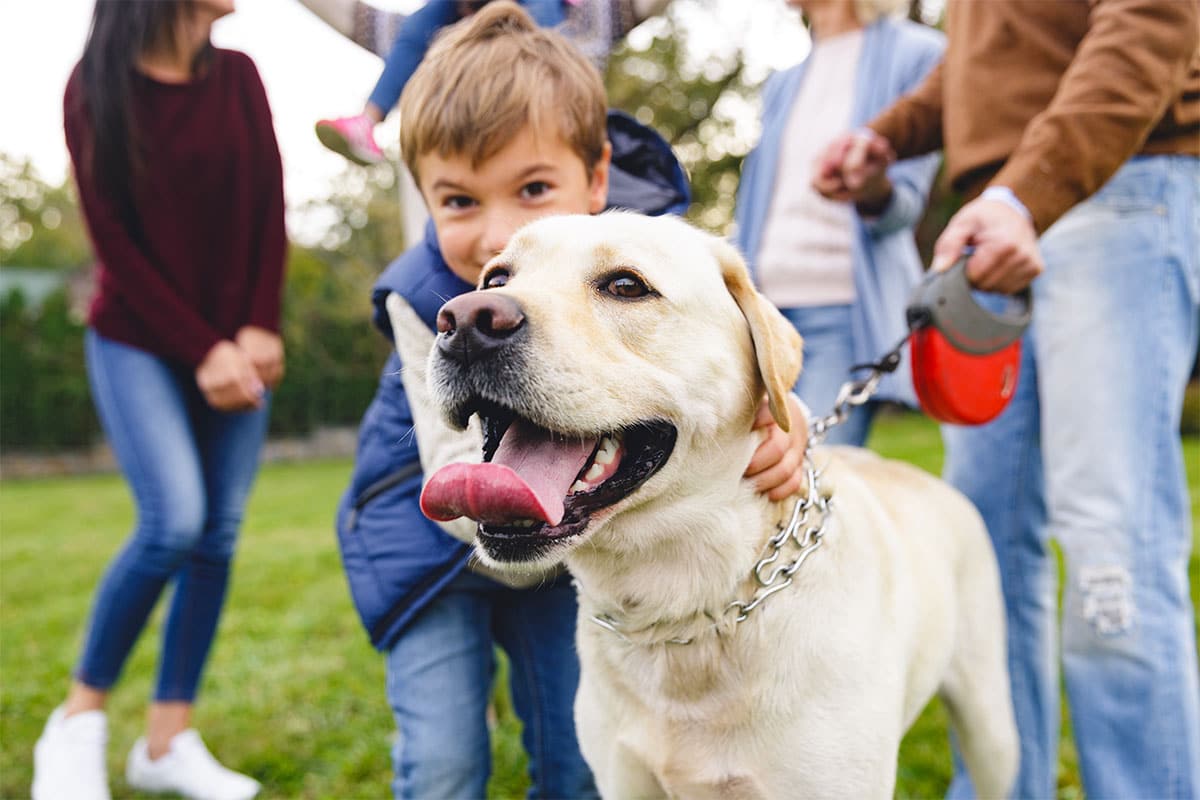
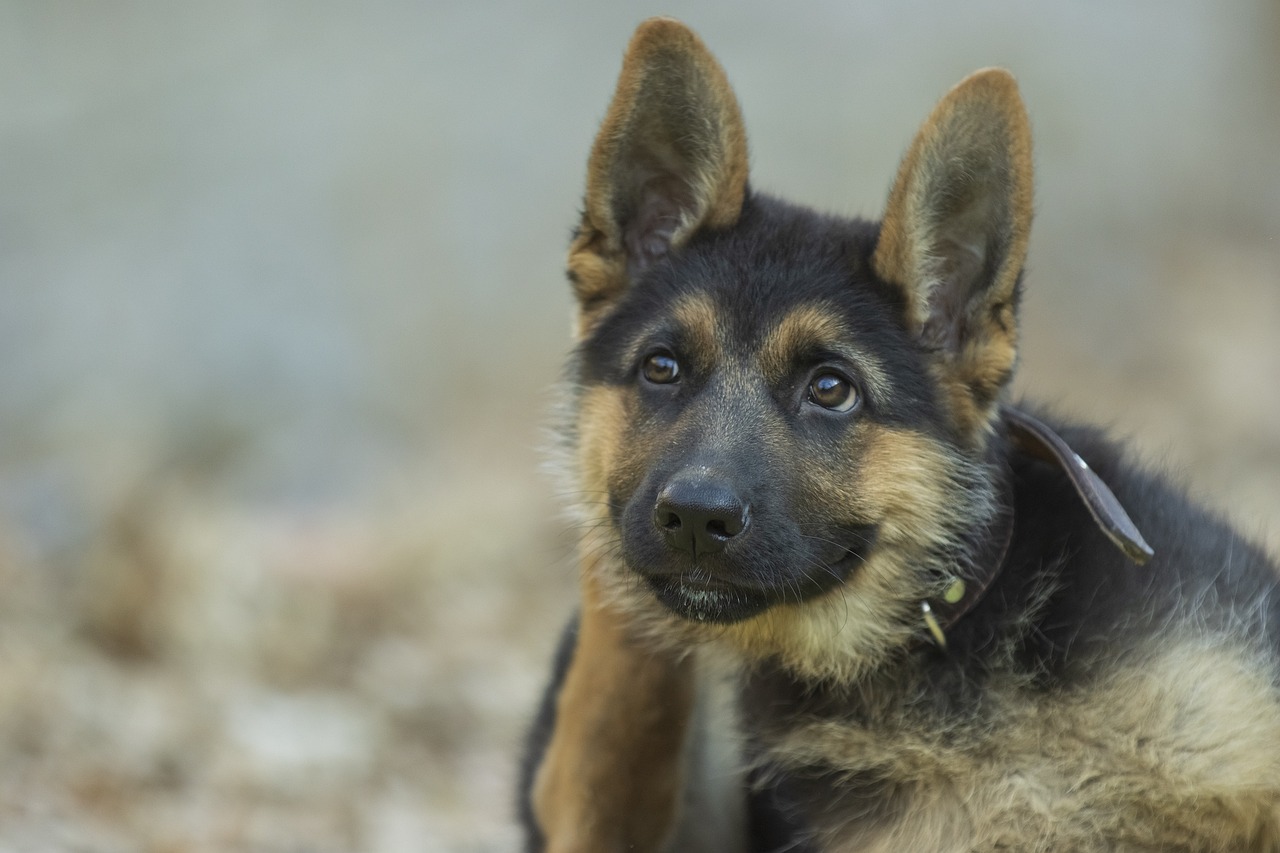
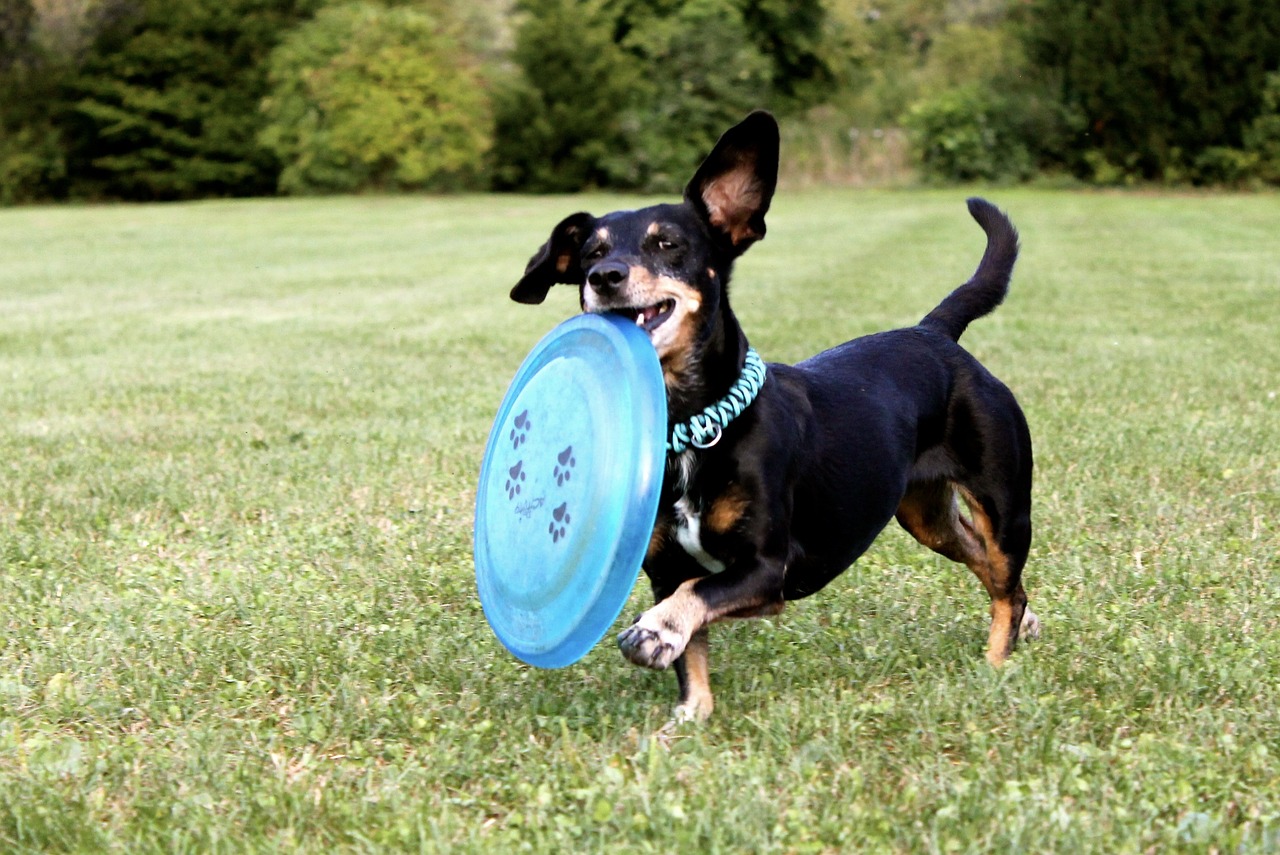
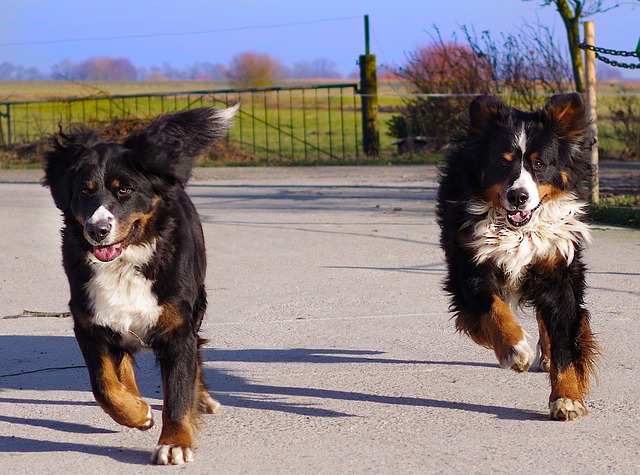
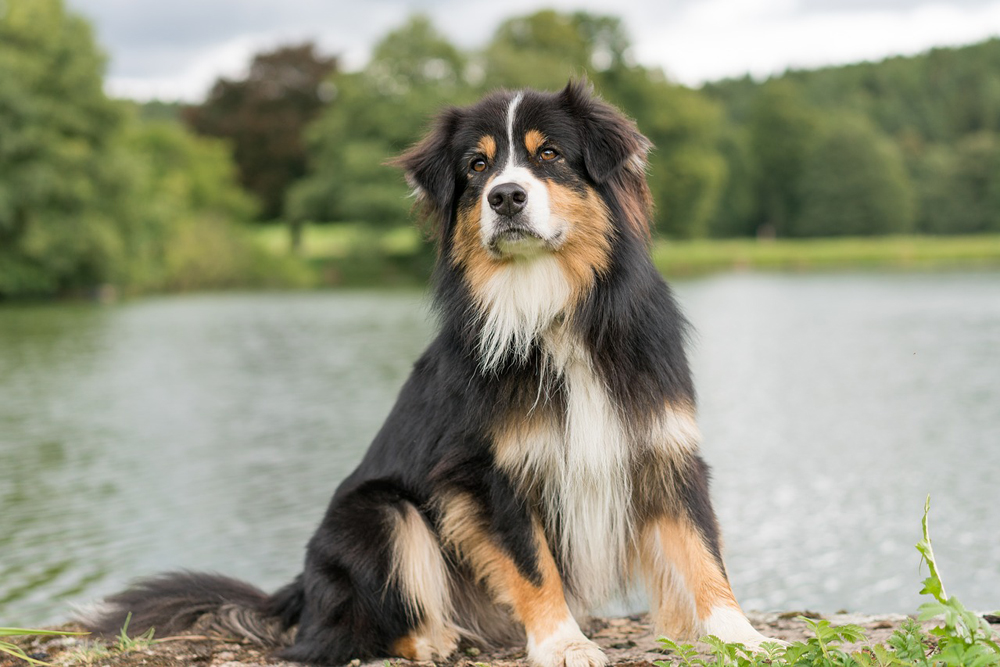
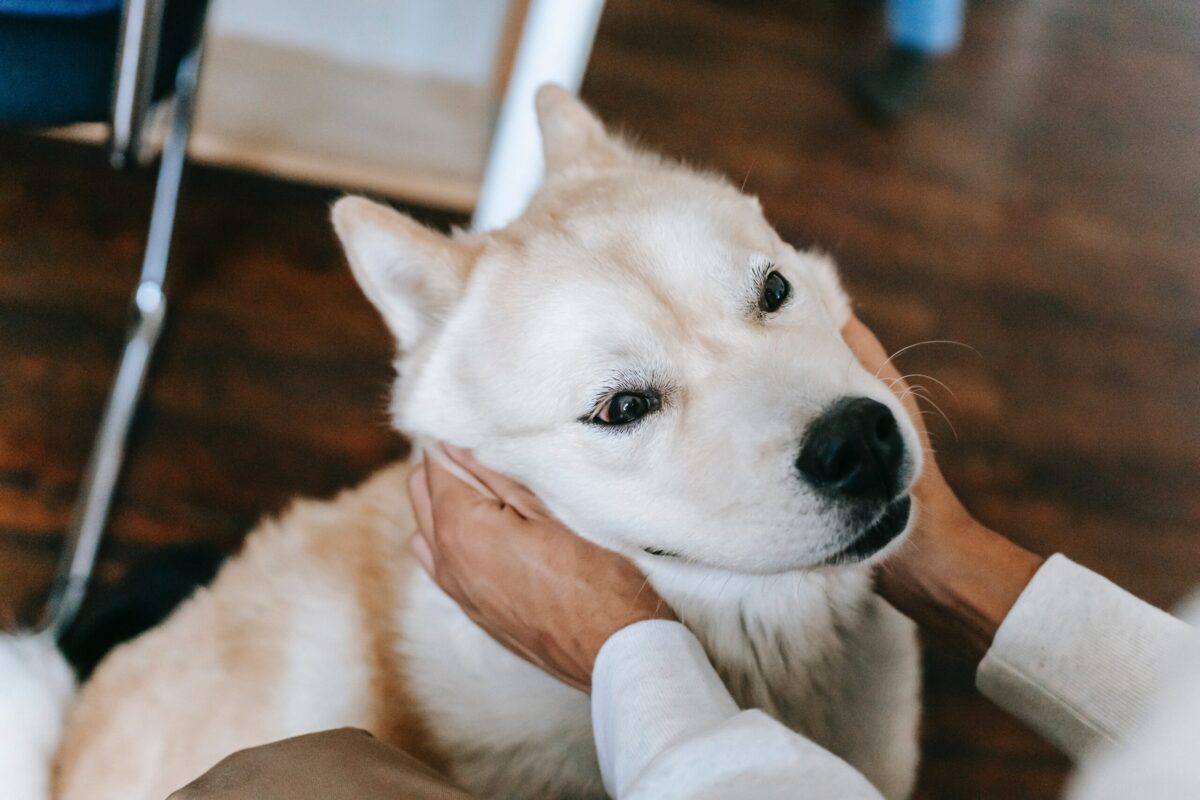
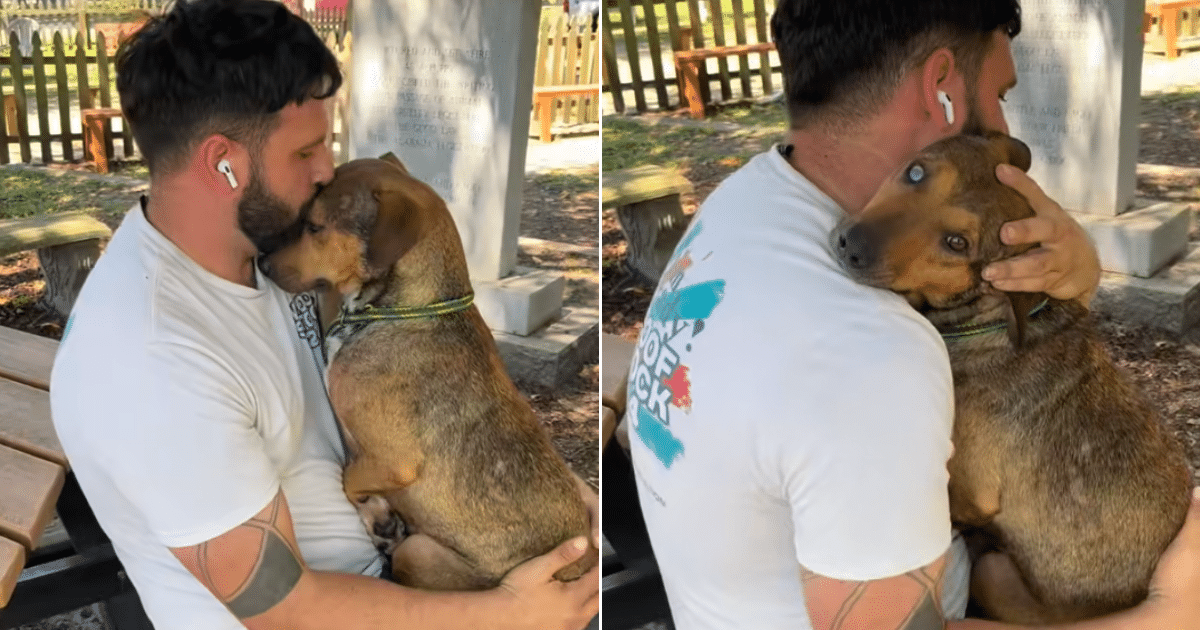

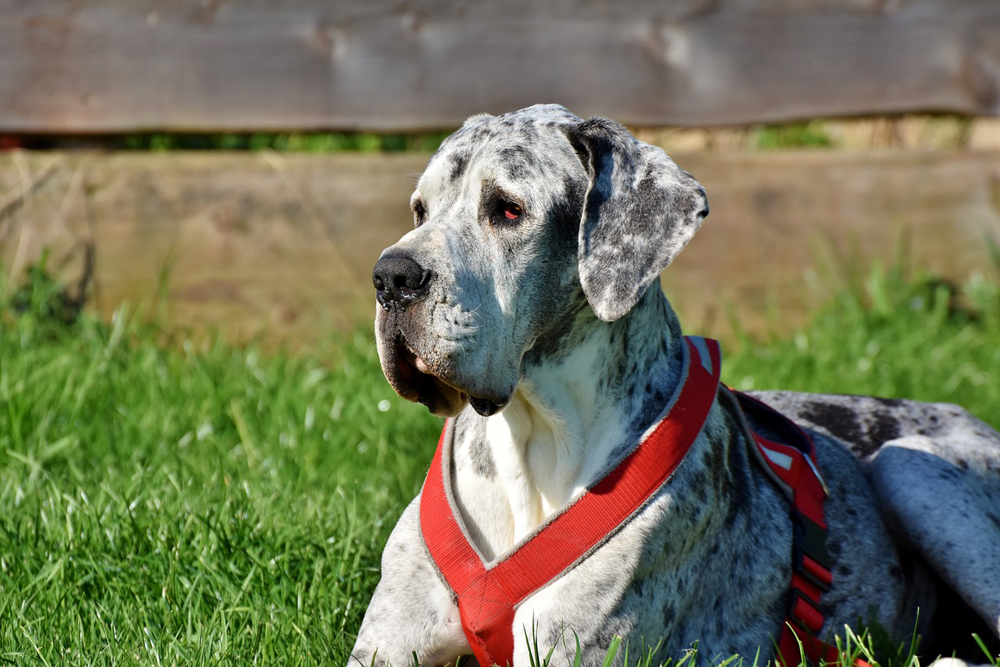

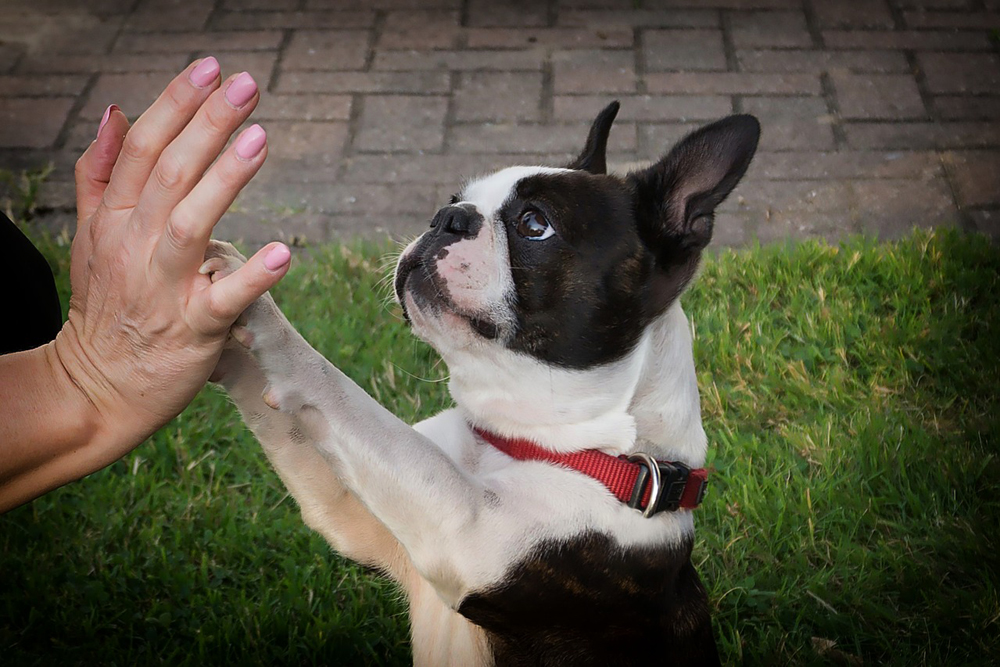

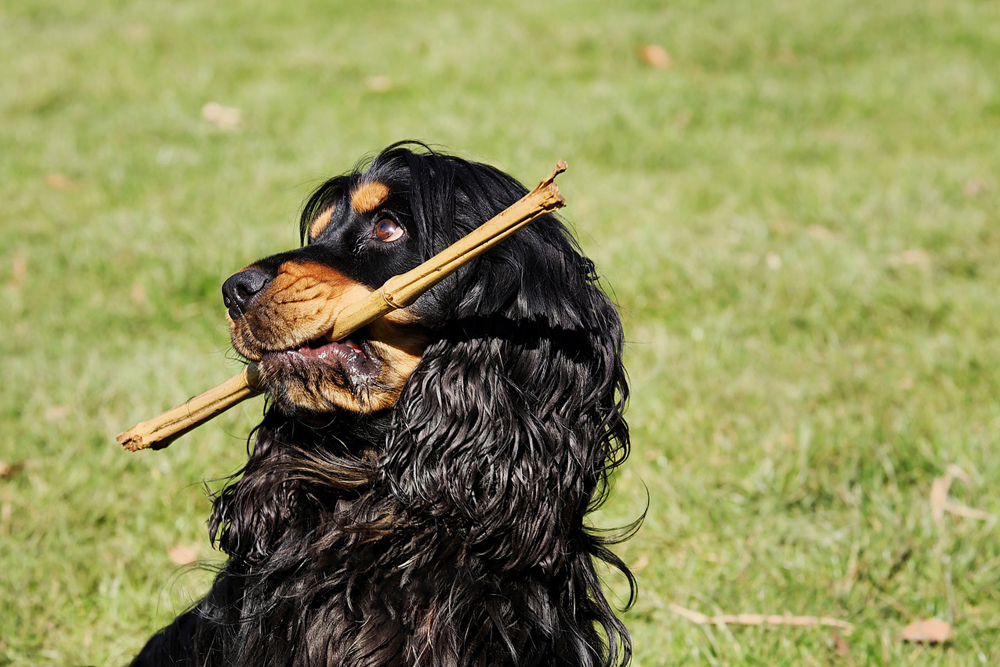
 English (US) ·
English (US) ·